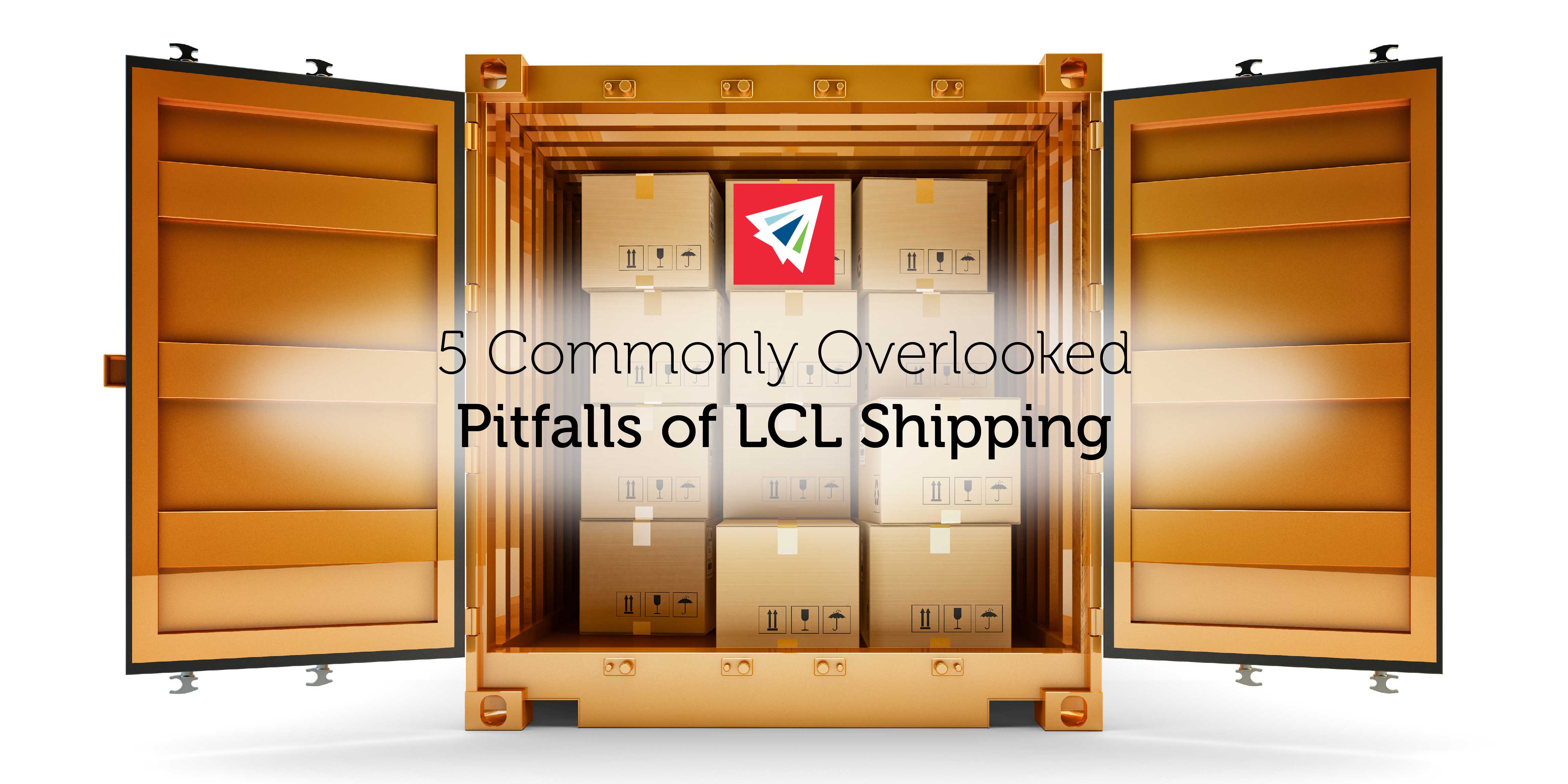Most companies importing small volumes of cargo choose to use “less than container” or LCL shipping, where different shippers group goods into a single container. It’s the best transportation method for consignments unable to fill a full general-purpose container.
LCL shipping is also one of the most cost-effective and flexible options available, as you split the expense of the container with other companies and can ship cargo whenever needed. After all, why pay for space you’re not intending to use — or wait to ship your goods?
Pitfalls of LCL Shipping
But for all the flexibility and cost-savings, LCL shipping isn’t without its drawbacks, and the following often top the list:
Expense
In LCL Shipping, your shipment is bundled with a number of other small volume shipments. This creates added expense and will cost you more per cubic meter than if you were to ship FCL.
Fees
Between destination terminal handling charges (DTHC), warehouse storage fees, delivery, and hosting charges, fees can get high pretty quickly. Keep in mind that every destination will have different fees and charges on their end associated with the import. Depending on the circumstances, you may end up paying the same amount of money to bring a small volume shipment in as you would a large volume one.
Delays
There’s always the potential for delays when shipping goods. But with LCL shipping, the risk is much greater, largely due to handling. First, someone must group pieces of cargo together to fill a container. Then, someone must process documents and sort the goods for each small volume shipment once the container arrives — and that’s all before it can be released to the buyer. Each point can cause a delay.
Customs
Adding further potential for delays is customs. Let’s say, for example, another company ships its cargo without proper documentation. When customs flags the goods, and it will, all other shipments in the container must be checked before being released to the shippers. This can sometimes extend shipping time by days.
Damages
When shipping LCL, you have no control over the other cargo loaded in the same container as your goods. Something heavy or containing fluids could shift in transit and end up damaging your shipment. What’s more, there’s the added risk of misplaced or lost goods if that container contains cargo going to multiple destinations. If you are going to utilize LCL shipping, make sure to insure your cargo.
All shipping methods will come with their own set of disadvantages. You just need to determine whether they outweigh the advantage you gain by going a particular route. If you’d like to learn more about “less than container load” or LCL shipping options, don’t hesitate to contact Interlog USA with your questions.

One thought on “5 Commonly Overlooked Pitfalls of LCL Shipping”